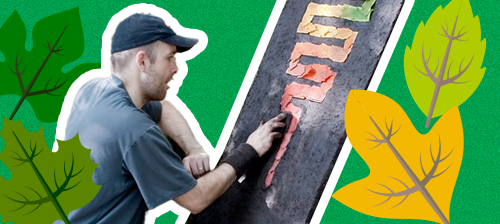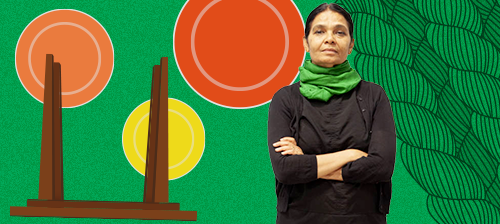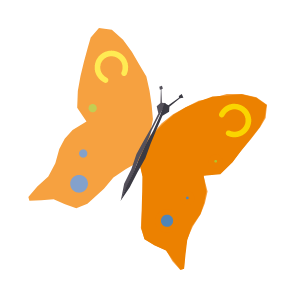Do you know your bugs and minibeasts?
In the park, you saw a bug hotel that minibeasts like beetles, centipedes, woodlice, bees, ladybirds and many more like to make their homes in.
But how much do you know about the minibeasts themselves? Take our quiz to find out…
Did you notice anything interesting in the quiz about the colours of minibeasts?
Colours and patterns are really important to help minibeasts survive. Some have excellent camouflage, helping them to blend in to their surroundings of leaves, wood or mud. This means they can hide from other animals, or creep up on their lunch without being seen.
Others have very bright colours to warn predators that they taste disgusting, or might contain poison. Ladybirds are bright red for this very reason, warning other animals that they have a horrible, bitter taste when eaten. Keep away!
Imagine you can design your very own minibeast from scratch. Make a drawing of it then add labels pointing out its key features. How many legs does it have, and why? Is it camouflaged, or brightly coloured? What is its lifecycle, and where does it live?
Build your own bug hotel
As we've discovered, bugs and minibeasts all need a habitat to call home, and these can be tricky to find - especially in cities.
If you're lucky enough to have a garden, you might like to build your own bug hotel. You'll have guests visiting in next to no time!
The RSPB have a handy guide to help you get started.
Art materials everywhere!
Take a look at the photograph you took of your piece of land art, made out of fallen leaves and twigs. By making art in this way, you’ve joined an exciting club of artists like Richard Shilling and Sheela Gowda. Find out more about them by clicking their names below.
Find out about land artist Richard Shilling
Name: Richard Shilling
Job: Land artist
Born: 1973 in Kent, England 🏴
Fun fact: Richard taught himself about art by looking at the work of another artist called Andy Goldsworthy.

Richard Shilling uses natural materials gathered from the environment in his art. His creations are designed to be enjoyed by people who visit the parks and nature reserves he works in, rather than to be taken home, as the materials are important to local habitats. After taking a photograph of his completed artwork, he lets nature take its course as the elements reclaim them.
In his own words, Richard’s art “isn’t making things with nature, it is expressing nature through making things!”. This means he spends lots of time exploring nature and its materials, like leaves, and being inspired by what he finds.
By carefully finding and positioning materials like leaves, stones and even ice, Richard is able to make many different styles of beautiful artworks.
Watch him create an artwork in this video:
If you fancy making more art in this way, Richard has a website with tips on making loads of different patterns, shapes and effects.
Find out more about installation artist Sheela Gowda
Name: Sheela Gowda
Job: Installation artist
Born: 1957 in India 🇮🇳
Fun fact: Sheela built her own studio - or art room - to experiment in, but her artworks often end up being too big to fit inside!

Sheela Gowda was originally a painter but swapped to making art out of everyday materials.
Rather than using leaves and twigs, she uses materials like hair, cow dung (ewww!), pieces of wood, metal bowls and even an upside down table in her sculptures.
Sheela says that she is “constantly observing”, getting ideas for her next piece of art from things that are new or surprising. Her art often tells stories about her home country, and are sometimes HUGE!
Watch the video below to see Sheela and her team fill a giant room with some of her creations.
Although you might not have quite as much space, what can you create with materials around your house?
Are you ready to display the photograph of your land art in a gallery? Follow the instructions below to upload your photograph into a frame. Which style of frame suits your creation best?
Your land art
Where next?
There are plenty of other activities waiting for you, both in the park and at home.
Back at Home


